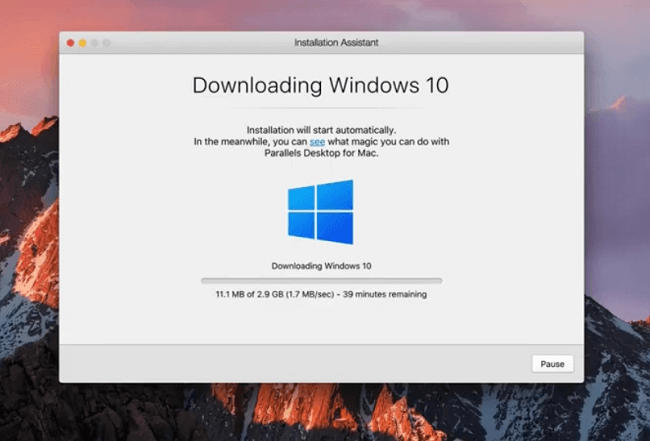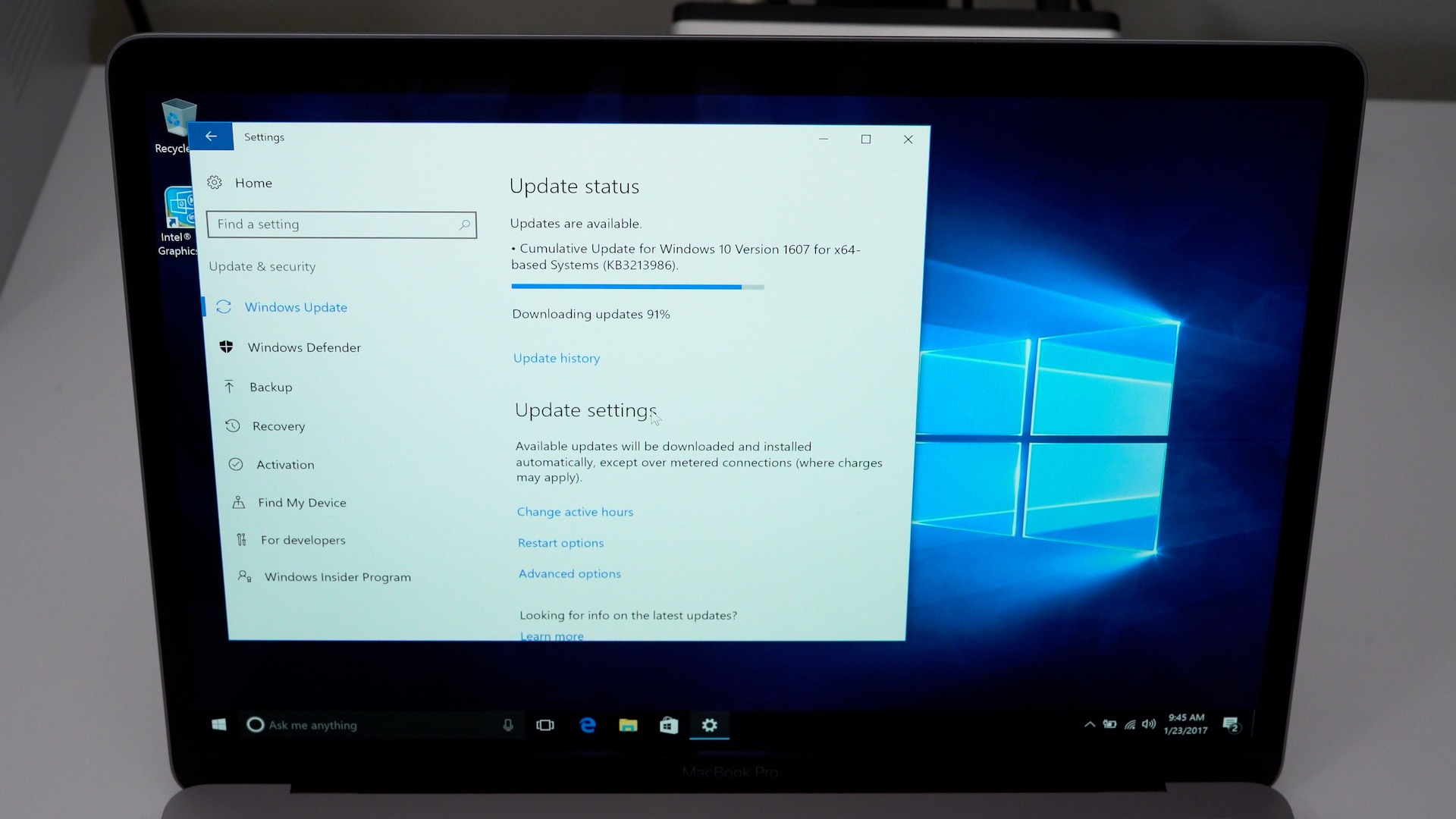
- #Bootcamp mac for windows install
- #Bootcamp mac for windows drivers
- #Bootcamp mac for windows update
- #Bootcamp mac for windows driver
Like most things related to technology, there's plenty of business factors that go into determining what hardware is best for you.

#Bootcamp mac for windows drivers
That's to say out-of-date drivers will just as commonly introduce issues with Windows 10 as an out-of-date version of Boot Camp will. Generally speaking, so long as you keep your Boot Camp drivers up to date, the chance of having issues with Windows is no less common on a Mac than it is to have issues with Windows on a conventional PC.
#Bootcamp mac for windows driver
The big difference here is Boot Camp combines the Broadcom driver for my NIC, the Cirrus Logic driver for my audio interface, the proper driver for my keyboard and so on, and assembles all the proper drivers together into a single package.
#Bootcamp mac for windows update
The need to upgrade Boot Camp is not unlike a conventional PC user needing to update drivers as part of their Windows 10 upgrade process. In this way Boot Camp isn't what I would define as middle-ware, but instead a complete driver package for the version of Windows you choose to install. By contrast Windows 10 requires Boot Camp 6 to run properly on a Mac. In most cases, this was due to the user not upgrading the version of Boot Camp they had installed.

Speaking in the most general of terms, I too had some customers run into issues surrounding their upgrade from Windows 7 to Windows 10. Running Windows on a Mac with Boot Camp is no different than setting up your PC to dual-boot between Windows and Linux. In the most simplest of terms, Boot Camp is a BIOS that allows Windows to boot, and a package of all the necessary drivers for Windows to run on a persons Mac hardware. With that small disclaimer out of the way, there seems to be some confusion about what Boot Camp is. I became a Mac user out of a need to properly support and advise my own customers. Boot Camp doesn't let you run Windows and Mac applications at the same time, but has the advantage of performance (as it utilizes all available hardware).īottom line is if you can run it in Windows, you can run it with Boot Camp without any differences in performance over an equally configured Windows-only machine.Īs a precursor, I should mention the reason I run a Mac is because my company (an Autodesk Reseller) had a growing number of clients asking questions very similar to the ones expressed in this thread, and we didn't have anyone who could answer them. Parallels provides the benefit of running both Mac and Windows applications at the same time, but comes at the cost of performance. You can get a more detailed explanation in the blog post, but to summarize. I wrote a blog post on this very topic some time ago: The experience (with Boot Camp) has been just as good (if not subjectively better) as any Windows laptop I have used. My current machine is a MacBook Pro (16 GB RAM, Intel 2.8GHz, NVDIA GeForce 750M), and I use both Parallels and Boot Camp to run Windows 10. I have personally run a Mac laptop for at least 6 years now, using graphic-intensive software like Autodesk InfraWorks without any issues. Please "Accept As Solution" if a reply has helped resolved the issue or answered your question, to help others in the community. The Windows operating system you will run via Bootcamp will have to meet the system requirements for the software you choose to run on it. If you have questions about installing and operating Boot camp, contact.

You must purchase the Windows Operating System software separately.
#Bootcamp mac for windows install
If you start the computer in Windows you can install and run Windows applications at native speeds.

Boot Camp allows you to specify which operating system to boot when starting the computer. Hello products do you need to run on BootCamp? Revit & AutoCAD work just fine on BootCamp.īoot Camp is a utility provided with the Apple operating system that enables you to create a separate hard drive partition (on Intel-based Apple computers) on which you can install a Microsoft Windows OS.


 0 kommentar(er)
0 kommentar(er)
